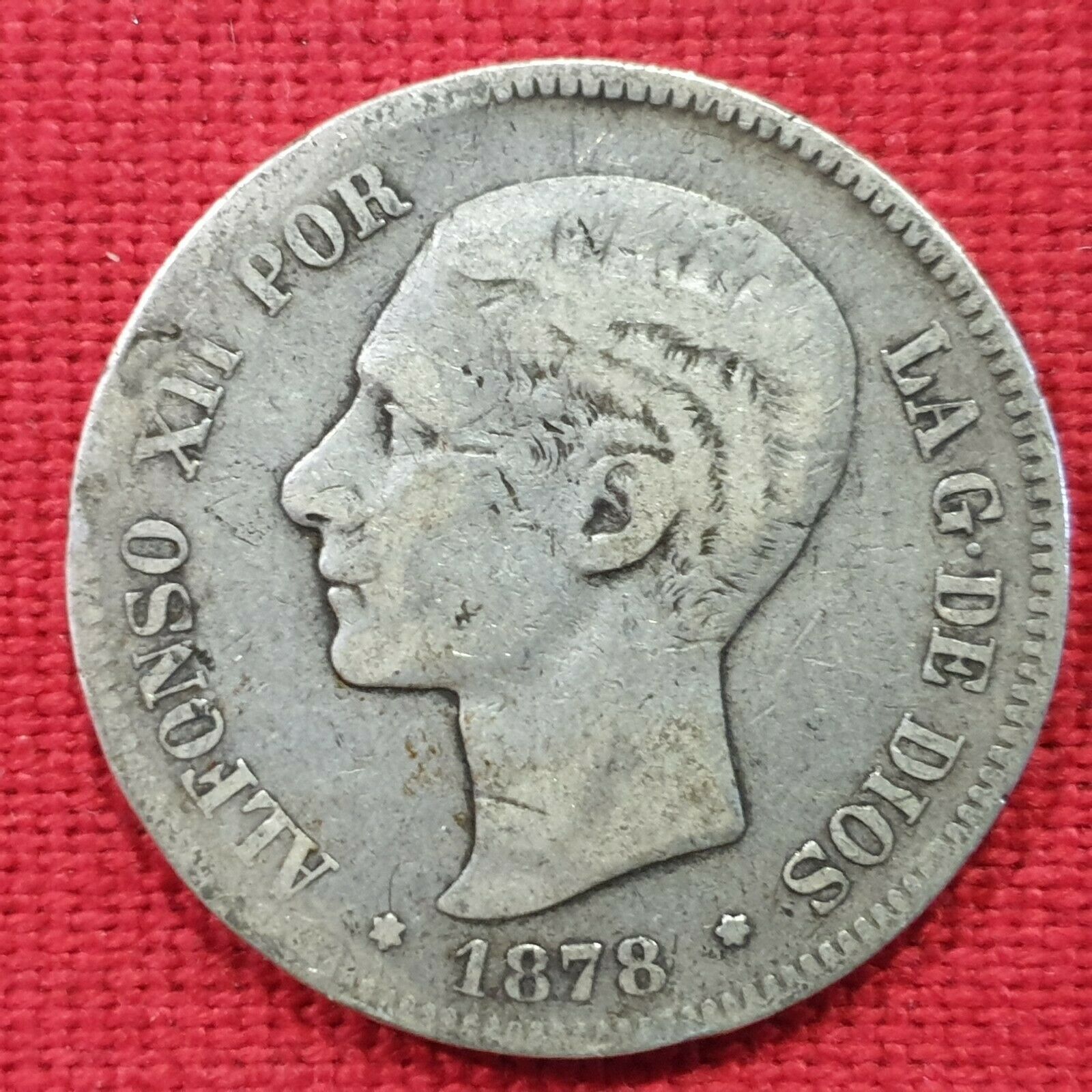-40%
SANTA MARGARITA SHIPWRECK SPANISH 8 REALES SILVER COIN GRADE FOUR LETTER PNCS
$ 791.99
- Description
- Size Guide
Description
SANTA MARGARITA SHIPWRECK 8 REALES IN GRADE FOUR CONDITION !!!*** BEAUTIFUL AUTHENTIC VINTAGE SANTA MARGARITA SHIPWRECK RARE 8 REALES.
*************
.
*********************
*** PNCS AUTHENTICATION & ENCAPSULATION # 126138 .
*** BEAUTIFUL AUTHENTIC SANTA
MARGARITA
8 REALES AT A GREAT PRICE !!!
***********************************
Coin Description: 8 Reales
·
Denomination: 8
Reales
* Certification # : 6796
*
ASSAYER: NOT VISIBLE
·
Reign:
Philip
·
Grade: 4
* DATE : PRE-1622
* SANTA MARGARITA SHIPWRECK .
* WEIGHT : 11.07
****************************************************
The saga of the Santa Margarita begins in 1622. Namesake of the patron saint of homeless people, midwives and reformed prostitutes, Santa Margarita was a Spanish galleon of 600 tons, armed with twenty-five cannon. One of a fleet of 28 ships, she was voyaging to Spain with an enormous cargo of plundered New World treasures. In registered wealth, the Santa Margarita carried 166,574 silver “pieces of eight” treasure coins, more than 550 ingots of silver weighing some 10,000 pounds, and over 9,000 ounces of gold in the form of bars, discs and bits. Additionally, there was contraband — a fortune in “unregistered” treasure having been smuggled on board to avoid paying a 20 percent tax to the Spanish king. The Santa Margarita also carried riches in the form of copper, silverware, indigo, and personal possessions of officers, passengers, and crew, including medical tools, navigational instruments, gold coins, and precious jewelry of almost unimaginable opulence.
Spain and her creditors awaited the arrival of the fleet anxiously; as its return would refresh the royal coffers, repay loans, and lessen the financial pressures that plagued the kingdom. But when news of the fleet arrived, it wasn’t good. Subsequent to departing the island of Cuba on September 4, the fleet was overtaken by a rapidly developing storm. Within days, the Santa Margarita, along with five other ships in the fleet, were wrecked near the Marqueses Keys in the Florida Straits. Drowned were 550 passengers and crew, 142 from the Santa Margarita. Lost was a king’s ransom in treasure, a serious setback for Spain, whose supremacy in the world was upheld by the wealth of the Indies. Margarita in Greek means pearl, and the first attempt to find and salvage the Santa Margarita and other fleet casualties was undertaken almost immediately by the Spanish mariner Captain Gaspar de Vargas, who, knowing of their skills, sent for pearl divers — from the island of Margarita — to aid in the search












